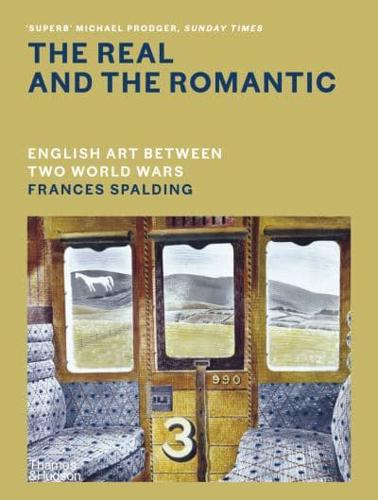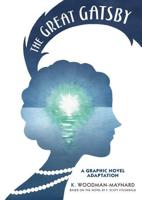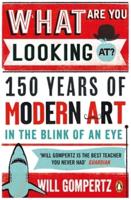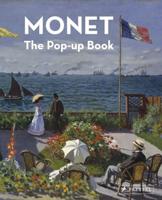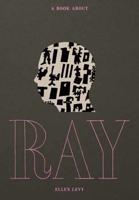Publisher's Synopsis
A fresh look at a period of English art that has surged in interest and popularity in recent years, authored by one of Britain's leading art historians and critics.
'[Spalding] unravels the complexities of English art between the wars with clarity and confidence, moving back and forth in time, and between artists, writers, critics, curators and collectors … Throughout, she illuminates what she neatly describes as “the recurrent tension in this period between a precarious stasis on the one hand and, on the other, a yearning for rapid change” … The period between the wars was a varied and important stage in the development of British art. Spalding shows us how and why' - Literary Review
The 21st century has seen an enormous surge of interest in English art of the interwar years. Work by artists like Stanley Spencer and Eric Ravilious has soared in value while new critical attention has been paid to others, often women, who were previously overlooked, such as Winifred Knights and Evelyn Dunbar. High-profile exhibitions have attracted record-breaking visitor numbers and challenged received opinion, encouraging a more nuanced understanding of the cultural landscape of the 1920s and 1930s.
With these new perspectives in mind, The Real and the Romantic takes a fresh look at this richly diverse period in English art. The early part of the period was marked by the intensity of commemoration that followed the first world war; the later by a darkening of mood brought about by the foreshadowing of the second. The 1920s saw the growing influence of modernism across British art and design. But as modernism reached a peak in the mid-1930s, there arose a desire to revive native traditions in modern terms, and in a way that let in the past. The former push towards abstraction was replaced by a renewed concern with place, memory, history and particularity. The arrival of Surrealism further disturbed the ascetic purity of high modernism and also fed into the British love of the strange. Artists increasingly sought refuge from the modern world in the remoteness of the past.
Frances Spalding's thematic approach emphasizes the networks of connection between artists, illuminating the intriguing alliances and shifts in artistic sensibility that fed into the creativity of the interwar years. Significant among these were a determination to break down the barriers surrounding the western European tradition through reference to the art of other cultures; and the pursuit of a 'primitive' or direct approach to art, particularly through study of the early Italian Renaissance.
Throughout all of this, an emphasis on the 'real' or the authentic remained dominant, even as romantic feeling played an important role in shaping artists' responses to their subjects. Frances Spalding acknowledges the fluidity of the relationship between these two concepts and the way in which each 'can tinge, colour or even merge with the other'.
